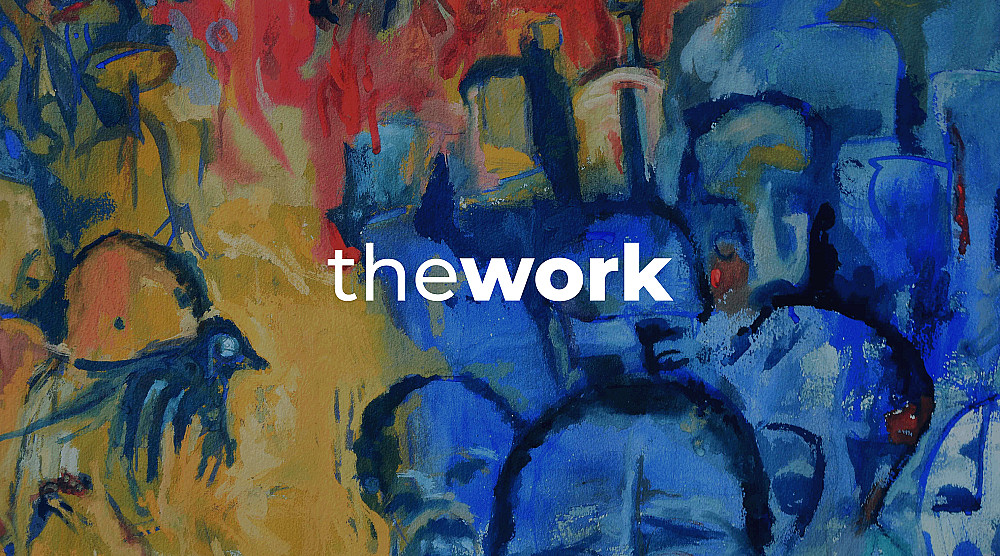Uche Okeke on the Global Stage: His Work in International Museums and Private Collections

Published 23 October 2025 in The Work
Uche Okeke Legacy Editorial
Uche Okeke, a pioneering figure in Nigerian modernism, is celebrated not only for his transformative impact on African art but also for the global recognition his work has received. His innovative approach, rooted in the philosophy of Natural Synthesis, has earned a place in some of the world’s most prestigious institutions, including the Museum of Modern Art (MoMA), the Smithsonian Institution, and the National Museum of African Art.
Beyond public museums, Okeke's works are also held in esteemed private collections worldwide, underscoring his lasting influence on modern and contemporary African art.
The Journey to International Acclaim
Uche Okeke’s artistic career gained momentum in the late 1950s and early 1960s as he, along with fellow members of the Zaria Art Society, sought to redefine African art by blending indigenous traditions with modern techniques. His distinctive use of Uli, a traditional Igbo art style, along with his contributions to the Nsukka School, positioned him at the forefront of African modernism.
His participation in major international exhibitions introduced his work to a global audience. Over time, his paintings, drawings, and prints – as well as his philosophies and teachings - became sought-after by institutions that recognised their cultural and historical significance.
Uche Okeke, Nza the Smart, 1958, Pen and Ink, 12.2 x 10.5 inches, Uche Okeke Legacy
Uche Okeke at the MoMA
The Museum of Modern Art (MoMA) in New York features eight of Okeke’s works in its collection, including paintings, drawings, and prints such as Nza the Smart (1958), Design for Iron Work I & II (1959), Fabled Brute (1959), and Women Riot (1965).
His works have also been presented in exhibitions such as Degree Zero: Drawing at Mid-century (2020–2021) and earlier in The Short Century: Independence and Liberation Movements in Africa, 1945–1994 (2002 at MoMA PS1).
Additionally, MoMA has incorporated Okeke into educational programs and publications, including Among Others: Blackness at MoMA, and activity guides on Uli-inspired drawing - reflecting his importance as a leading figure in African modernism and his role in shaping artistic discourse globally.
The Smithsonian Institution and the National Museum of African Art
The Smithsonian Institution, particularly through its National Museum of African Art (NMAfA), has played a crucial role in preserving and promoting African artistic traditions.
NMAfA houses Okeke’s 1961 oil painting Ana Mmuo (Land of the Dead), alongside broader recognition of his work and legacy through exhibitions such as The Poetics of Line: Seven Artists of the Nsukka Group, Nigeria (1997–1998) and in permanent displays like Visionary: Viewpoints on Africa’s Arts. These presentations highlight Okeke’s leadership in the Nsukka movement and his pioneering use of Uli.
The Smithsonian’s interpretation of Okeke also emphasises his influence as an educator, situating him as a central figure in the evolution of modern and contemporary African art.
Other Major International Collections
Beyond MoMA and the Smithsonian, Okeke’s works can be found in numerous other prominent institutions and private collections, including:
• The British Museum (London): Houses significant works by African modernists, with Okeke’s contributions representing the Igbo artistic tradition.
• The Centre Pompidou (Paris): Acknowledges the role of African artists in global modernism, with Okeke’s pieces being part of thematic exhibitions on postcolonial narratives.
• The Nigerian National Museum (Lagos): Holds one of the most extensive collections of Okeke’s works, preserving them as national treasures.
Uche Okeke, Crucifixion series, 1963, Gouache, 50 x 34.5 inches, Uche Okeke Legacy
Private Collectors and Auctions
Uche Okeke’s works are highly valued in the private sector, with significant pieces held in collections across Europe, North America, and Africa. His works have also appeared in leading international auctions:
• Bonhams: Sales include Portrait of Kwame Nkrumah (oil on board, 2024), works from his Crucifixion Series (1963), and a portfolio of 19 Works on Paper exploring themes from Uli, postcolonial identity, and Nigerian life.
• Sotheby’s: Offerings have included groups of ink drawings from the 1970s, a set of fourteen printing blocks used for key prints such as Nza the Smart, Head of a Girl, and works on paper from the 1960s. Notably, his printing blocks and works on paper underscore his role in advancing Nigerian printmaking.
These auctions, alongside dedicated private collectors, demonstrate the growing demand for his work and highlight his enduring place in the global art market.
The Lasting Influence of Uche Okeke
The presence of Okeke’s art in major institutions ensures that his vision and artistic philosophy remain accessible to new generations of artists, scholars, and art lovers. His ability to fuse indigenous traditions with modernist techniques not only redefined Nigerian art but also positioned African modernism as a critical movement in global art history.
Did You Know?
Uche Okeke’s influence extends beyond visual art - his philosophical approach to African identity influenced Nigerian literature, particularly through his collaborations with Chinua Achebe. His illustrations for Achebe’s books, including Things Fall Apart, further solidified his impact on African cultural expression.
Uche Okeke, The Conflict (After Achebe), 1965, Oil on Board, 19 x 14 inches, Uche Okeke Legacy
Uche Okeke’s presence on the global stage is a testament to his artistic brilliance and commitment to cultural preservation. Whether displayed in MoMA, the Smithsonian, or esteemed private collections, his works continue to inspire and educate. His legacy as a cultural visionary endures, proving that Nigerian art is not just part of Africa’s heritage but a fundamental piece of world art history.
